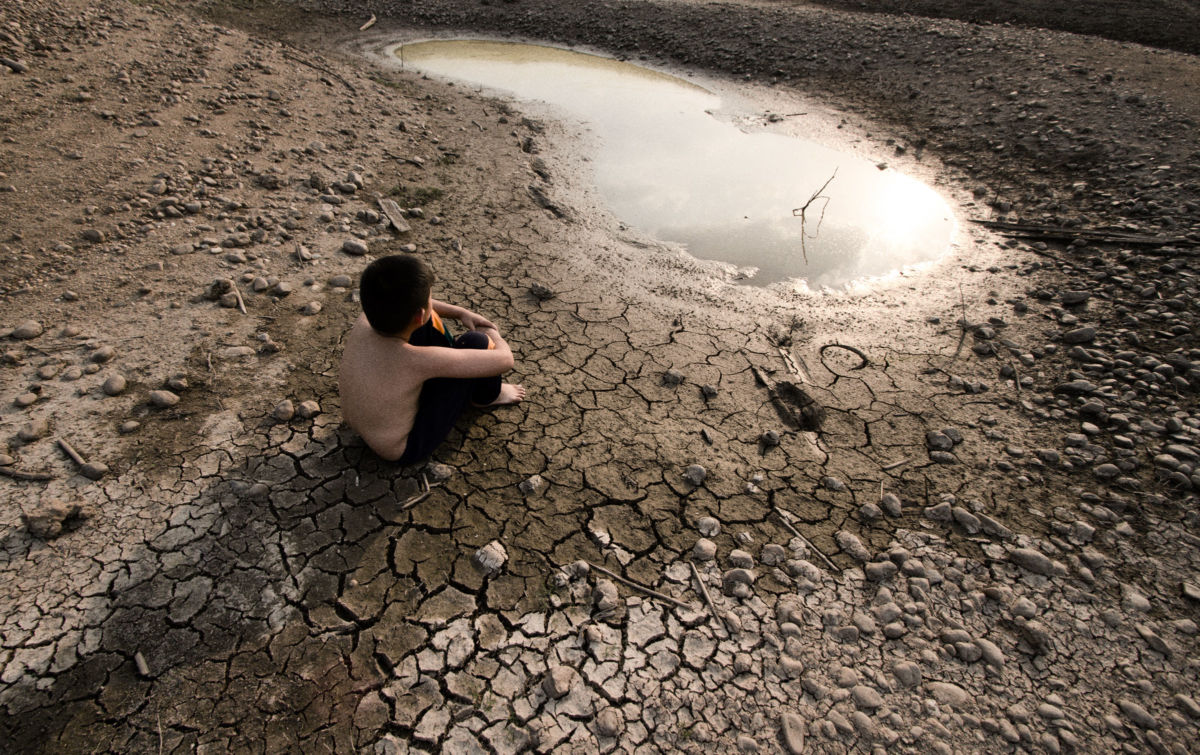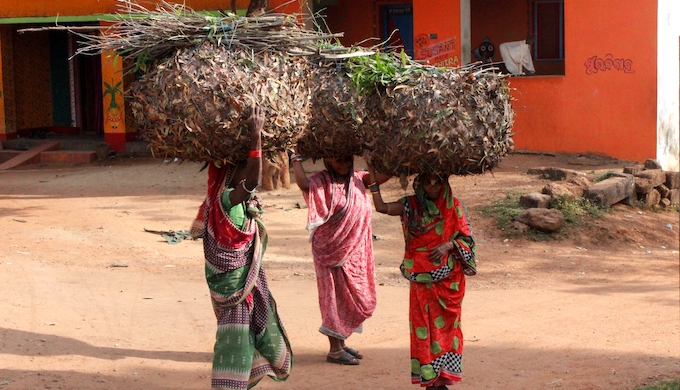
It’s easy to get frustrated by others. It’s easier still to get frustrated by people we are close to, because we believe they should know what we want. We believe they should have the same values and motivations that we do. And when things get rough, we believe they should be as eager to fix them as we may be —then we get disappointed when they aren’t.
The reality is that human relationships lie at the intersection of at least two whole beings, each with their own aspirations and motivations. There could also be a difference in temperament, where one person is mellow while the other is bubbly and excitable. Or perhaps one finds it easy to let go of faults and issues, while the other expects perfection not just in themselves, but also in those around them. No wonder our interactions can sometimes feel incredibly exasperating for some, and a walk on eggshells for others!
If a relationship has been causing you pain lately, be the one to take the first step in mending it. Here’s a 7-step formula that will help:
Identify the Frustration
What exactly is the issue? What is it about the other person’s behaviors that bothers you? Be careful to separate behavior from the person. Resist the urge to label it as "They're so selfish" or "They're so inconsiderate." This will only fuel your frustration, while "I'd like them to have dinner ready when I'm running late" is a much more actionable ask.
Reconsider Your Expectations
Is your expectation reasonable? Is it tied to your values—or perhaps to your fears? If it’s the latter, think of ways you can let go of it. Often empathy and perspective-taking can help; so can finding work-arounds to having your need met. However, if your expectation is indeed reasonable and beneficial for all parties involved, then by all means, feel confident in asking.
Ask!
Yes, really! You'll be surprised at how often we don’t do it, especially with people we’re close to. The reality is that no one, however close, can read our minds, even if they had the time and inclination to do so. But be careful about how you ask. Blurting out "How many times have I told you to..." does little to engage the other person. Begging and pleading doesn’t get results either, and initiates a power game. Choose the right time, and create a space where the other person is willing to listen.
Listen
It’s highly unlikely that your ask will be met by gratitude and instant change. More likely than not, the other person will try to bring up a grievance that may or may not even be related to what you want. Nip “Well you also...”-type blame games in the bud, and stay focused on your ask while staying open to their needs. Remember that communication is successful in the long run only if it’s win-win.
Take Responsibility
End the conversation by taking responsibility for what you will do to meet their needs and what they will do to meet yours. It’s one of the best ways of ensuring that the other person stays motivated to act on their promise. This not only provides clarity and actionable steps, but it also activates the natural human desire to want to reciprocate the kindness and consideration of others. If the other person is one to take advantage of your kindness, you may want to limit it to the extent that it is reciprocated.
Show Your Appreciation
Make it easy for the other person to stick to their promise. Show appreciation, thank them for their efforts, talk about how it’s helping you and the relationship. Ask them how it’s going for them, and whether you can do anything to make it easier. We all want to feel seen and appreciated, and you’ll be surprised at how willing people are to go out of their way to help when this basic need is met.
Hold Them Accountable
Despite their best intentions, there will times when the other person may forget what they promised to do, or revert to old habits when they're pressed for time or under stress. Don't read too much into it or consider it a sign of dismissal or disregard for your concerns. Flag it gently when it happens, then forgive and move on. Believing that others are capable of goodness brings out the best in them.
Author and speaker Margie Warrell has said, "The quality of your relationships is determined by the quality of the conversations you have in them." Ground yourself in your values, gather up your courage, stay guided by hope and patience, and you'll begin to find far greater joy in the relationships that may currently be frustrating you.
Homaira Kabir is a recognized positive psychology coach and a researcher on women’s self-esteem. Check out your authentic self-worth on her website with her short and evidence-based quiz.
You May Also Like:



















